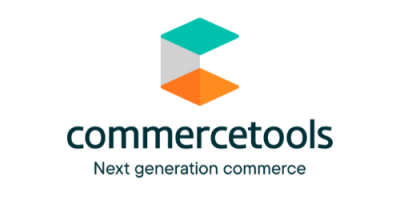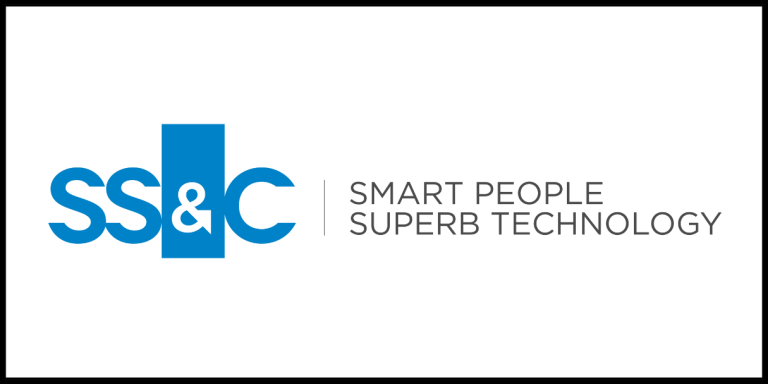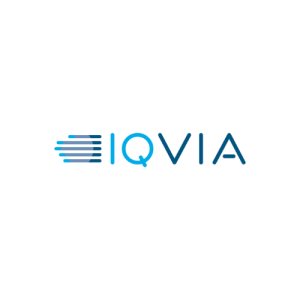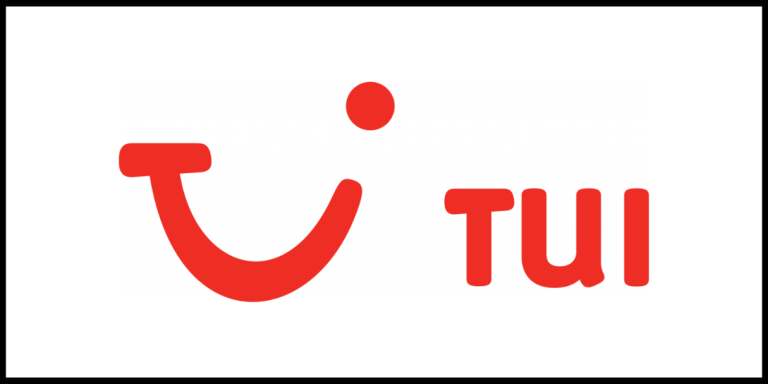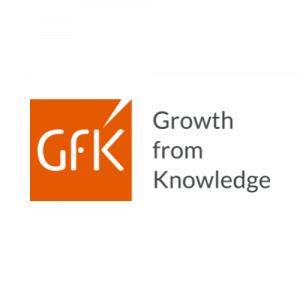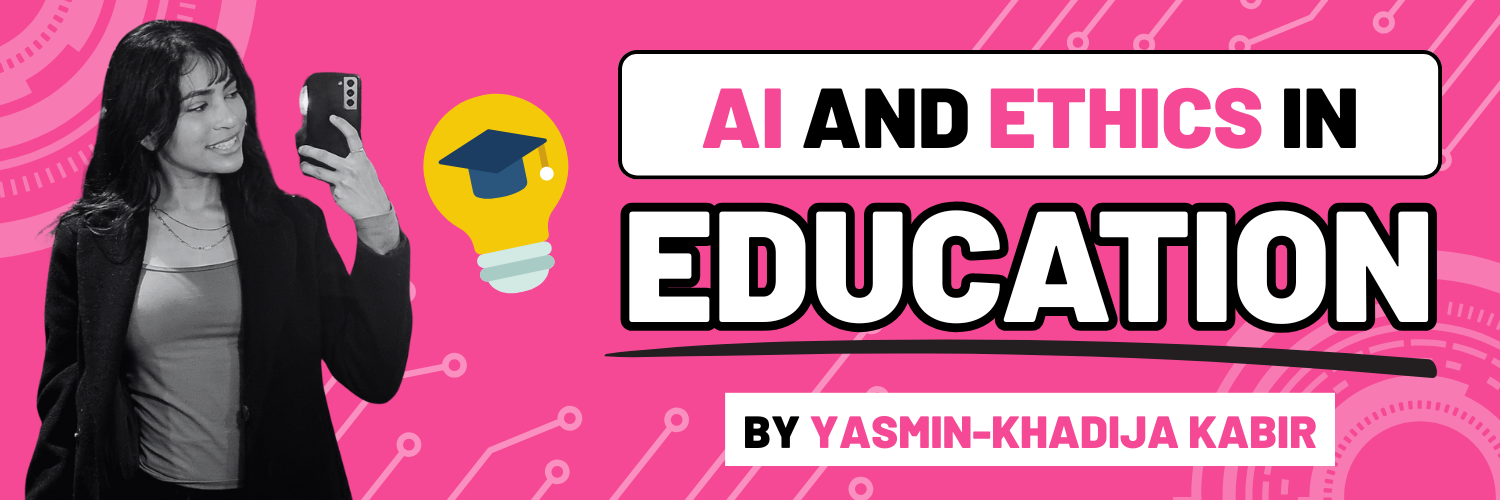
Content Menu
How to use AI ethically in education
Hi there! I’m Yasmin and I completed the CFG Data Science Degree and a Masters in AI and Machine Learning in Spring 2025, all while working full time as a graduate engineer at Ford Motor Company. During that time, I discovered a real passion for data, wanted to grow my skillset and found Code First Girls to be the perfect pathway.
My time in tech has opened my eyes to just how quickly AI is evolving and how deeply it touches our lives. One of the most exciting, and challenging, areas is education. More students than ever are experimenting with using AI in education to support their learning, but it also raises important questions about ethics, responsibility and confidence in the classroom.
Why AI and education matter now
AI has developed rapidly in recent years, with Large Language Models (LLMs) like ChatGPT, DeepSeek and Gemini becoming increasingly sophisticated. In fact, a survey from the Digital Education Council found that 86% of university students are already using AI in their studies.
There are, however, mixed opinions about the ethical use of AI in education. Some argue it undermines learning development, while others see it as an invaluable tool that can make studying more efficient, personalised and inclusive.
For the Code First Girls community, this matters because women are 20% less likely than men to use generative AI tools. As students increasingly rely on AI, what really matters is how they use it and whether women feel equally confident in doing so. Education is where confidence is built, career paths begin and AI skills for women can be developed or missed altogether.
How AI is transforming learning
Students are increasingly experimenting with AI, and there’s a clear rise in LLMs being used for assignments and homework. Sometimes that means clever prompting to help structure an essay, other times it’s building a study guide, testing knowledge with quizzes or generating revision materials. And it’s not limited to STEM, students in subjects like English, Geography and History are also embracing these tools.
However, it’s not all doom and gloom about students “cheating.” AI has the potential to support ethical, effective learning in areas like:
- Intelligent tutoring: LLMs can provide personalised feedback and support i.e. personalised quizzes, feedback and revision guides
- Chatbots: chatbots can offer instant clarification of tricky concepts
- Summarisation & translation: AI systems can be used (either via inbuilt in lecture recordings or copying transcripts) to summarise lecture materials into concise notes, or translate them into a student’s first language
Cheating or learning? Navigating the ethics of AI
One of the biggest debates in AI in education ethics is whether using AI amounts to “cheating.” The truth is, it’s a complex and evolving question and the answer often lies in the individual intent of students. Using AI in education can be considered cheating if it’s employed to generate original work that is then submitted as one’s own, without proper attribution or understanding. For example, having an AI write an entire essay or solve complex math problems on an exam without personal effort or comprehension would generally fall under academic dishonesty, as it bypasses the learning process and misrepresents a student’s abilities.
However, using AI as a tool for learning as we’ve discussed above is a different story. The line between using a tool to learn and using a tool to avoid learning is what truly defines cheating in this new era.
Will AI replace the need for teachers?
It’s a common concern, but highly unlikely. Whilst AI can automate the daily tasks of a teacher such as grading quizzes, providing feedback on a piece of writing or delivering learning content (like explanations, visual images etc) it is highly unlikely to replace our fundamental need for a teacher.
The role of teachers extends far beyond the scope of AI. Indeed, teachers help foster critical thinking through spontaneous discussions, real time social learning, emotional support and an understanding for each students’ educational capabilities and struggles.
AI however can be an incredible assistant to teachers should they choose to utilise it. Lesson planning, marking of multiple-choice questions and other content-based learning can be developed easier and faster for teachers, allowing them the time to focus on human centric aspects of teaching. Teachers should think of AI as a guide, not an opponent. Instead, they should work with it.
Making education more inclusive with AI
So, we have established how AI can be a beneficial tool for both students and teacher. However, AI can also empower disadvantaged students and make learning more inclusive.
- Financially disadvantaged students – There are a lot of costs associated to being a student. Textbooks, tutoring and school fees (student loans for university students) can put a deep strain on finance. Whilst AI can’t pay for school fees, it can reduce costs by acting as a free or low cost alternative to textbooks and tutoring. It can generate explanations, create quizzes and provide tailored learning support without extra expense.
- Students with additional learning needs – AI has a unique ability to personalise learning in ways that can transform access. Visually impaired students can use text-to-speech. Students with hearing loss can benefit from speech-to-text captioning. Those with ADHD or dyslexia can use AI to structure work, simplify instructions and receive real-time feedback.
AI gives a wide range of students who might otherwise fall behind, the tools to succeed in their learning journey and allows equity between students.
Conclusion
To conclude, whilst AI can be thought to have negative consequences on the learning development of students, particularly around critical thinking or problem-solving skills, this isn’t necessarily the case. AI is already a tool students use every day, and its value depends on how responsibly it’s applied. It is ultimately the individual’s responsibility to use AI in a way that honours educational guidelines and avoids academic dishonesty. Teachers may not be able to prevent students turning to AI, but there are safeguards such as AI trackers for written work that help protect integrity.
Regardless, AI as a whole is extremely valuable to the student learning experience. Its abilities should be promoted, especially for disadvantaged students, where it can support progress and provide access to resources that might otherwise be out of reach. Likewise, teachers can use AI to free up time for deeper discussions, wellbeing, and the human aspects of learning that no machine can replicate.
I deeply encourage the use of AI in education, not as a shortcut, but as a skill worth learning in itself. Even understanding how AI works can open up new perspectives on problem-solving and critical thinking.
For the Code First Girls community, this matters now more than ever. Women are still underrepresented in AI roles and less likely to use AI tools, yet the skills gained today will shape the careers of tomorrow. Building AI skills for women at the education stage means giving the next generation the confidence to use these tools responsibly and ethically.
This isn’t just about keeping pace with technology. It’s about ensuring women lead the way in shaping the ethical use of AI in learning and in building an inclusive, AI-enabled future.
